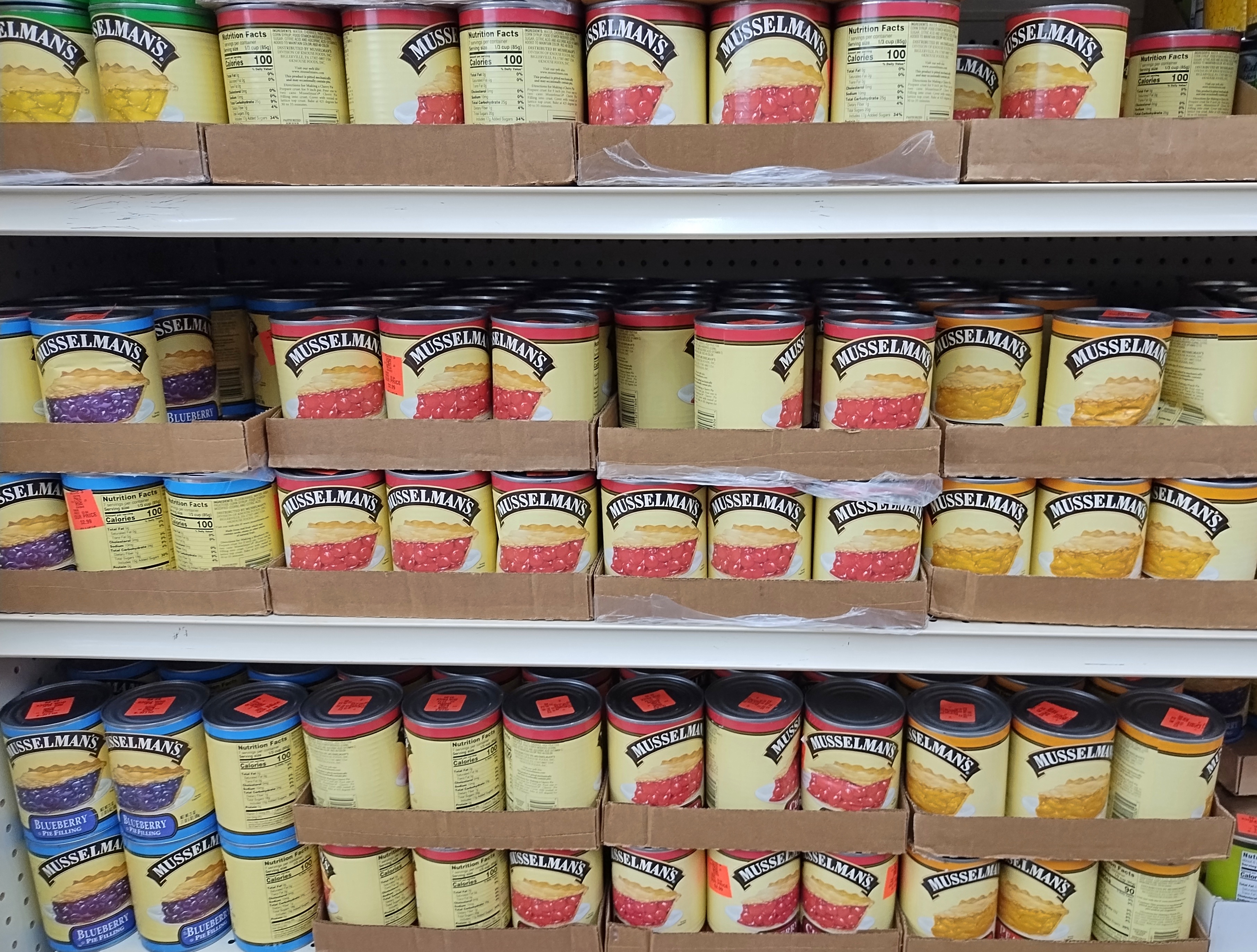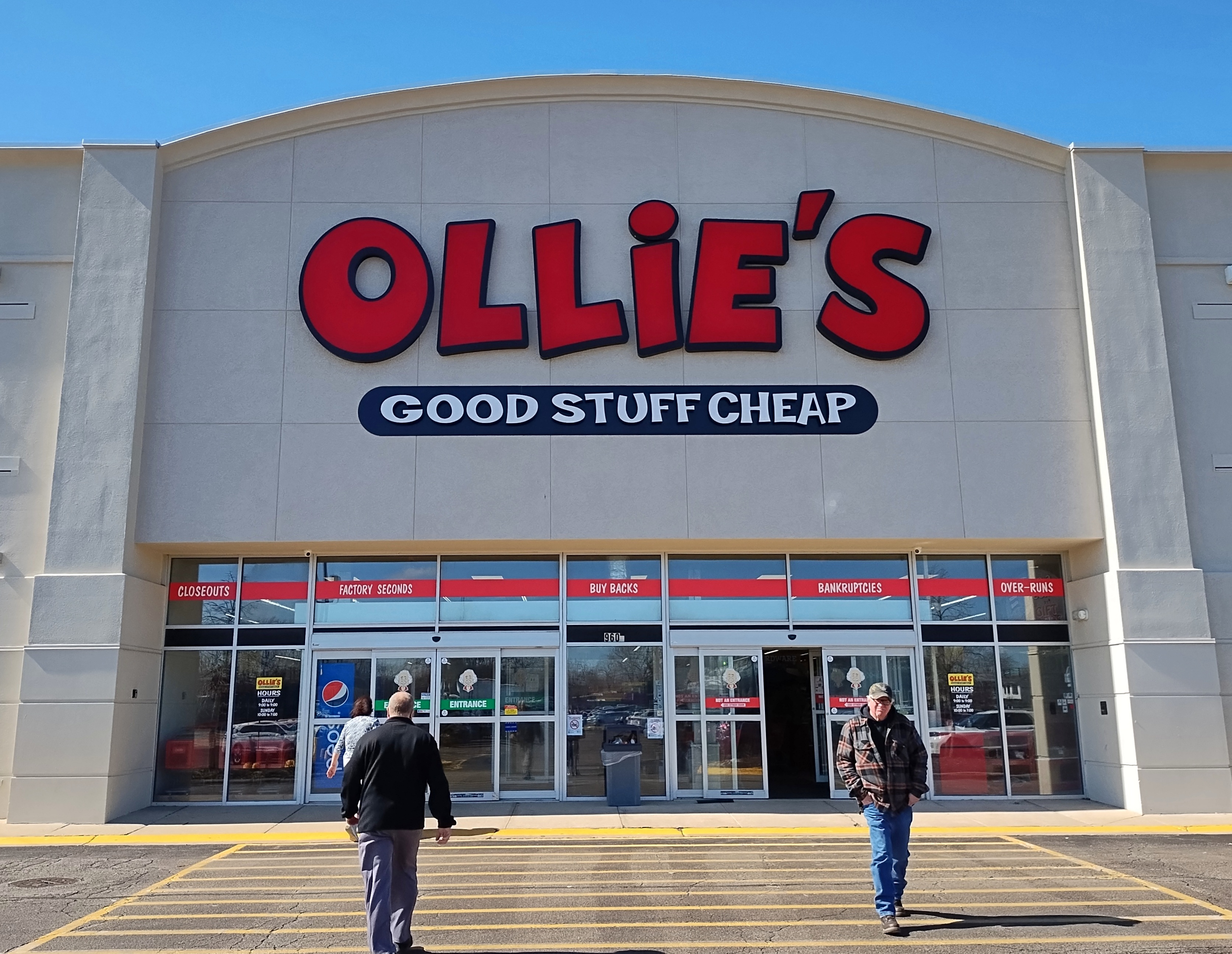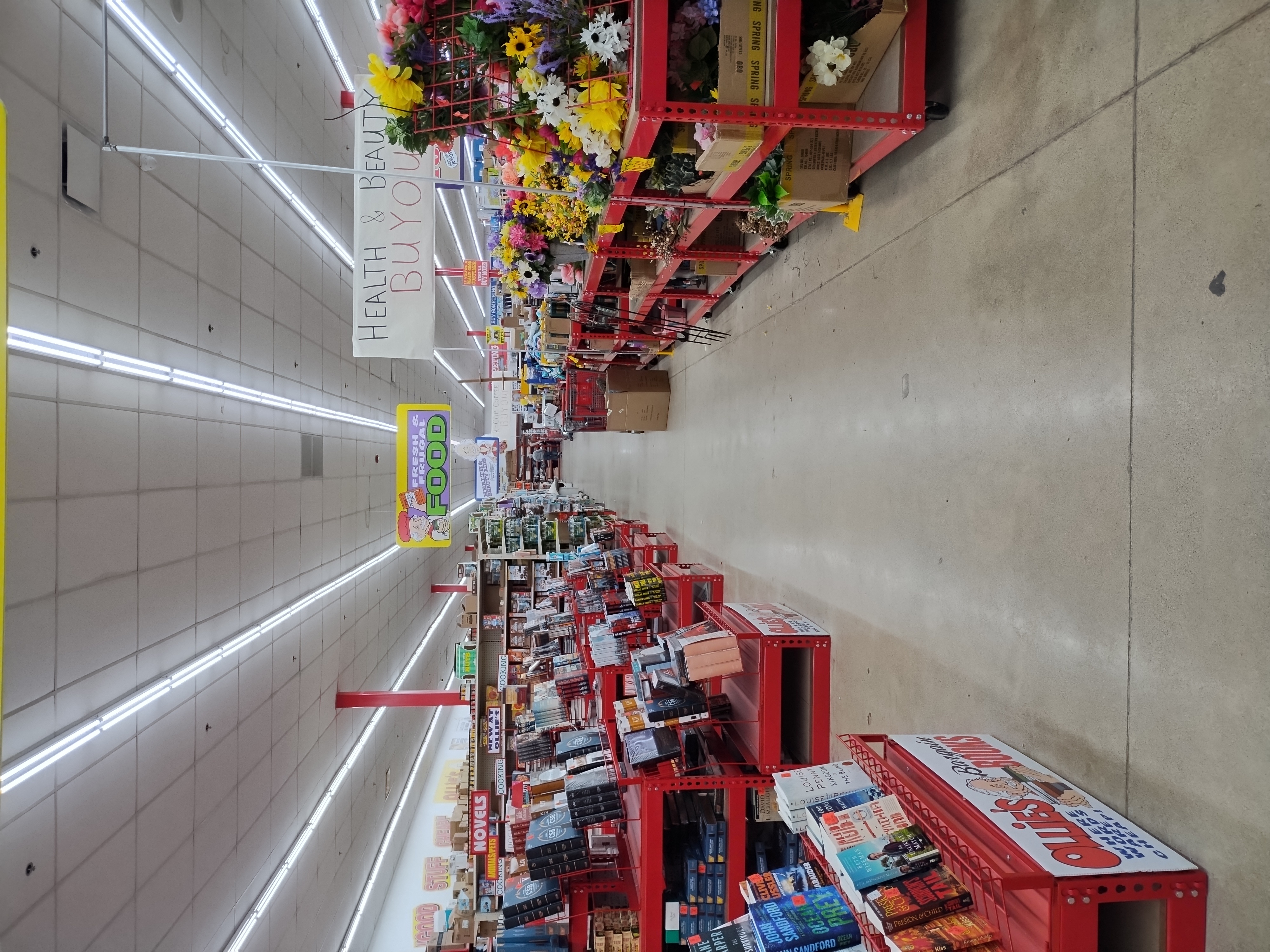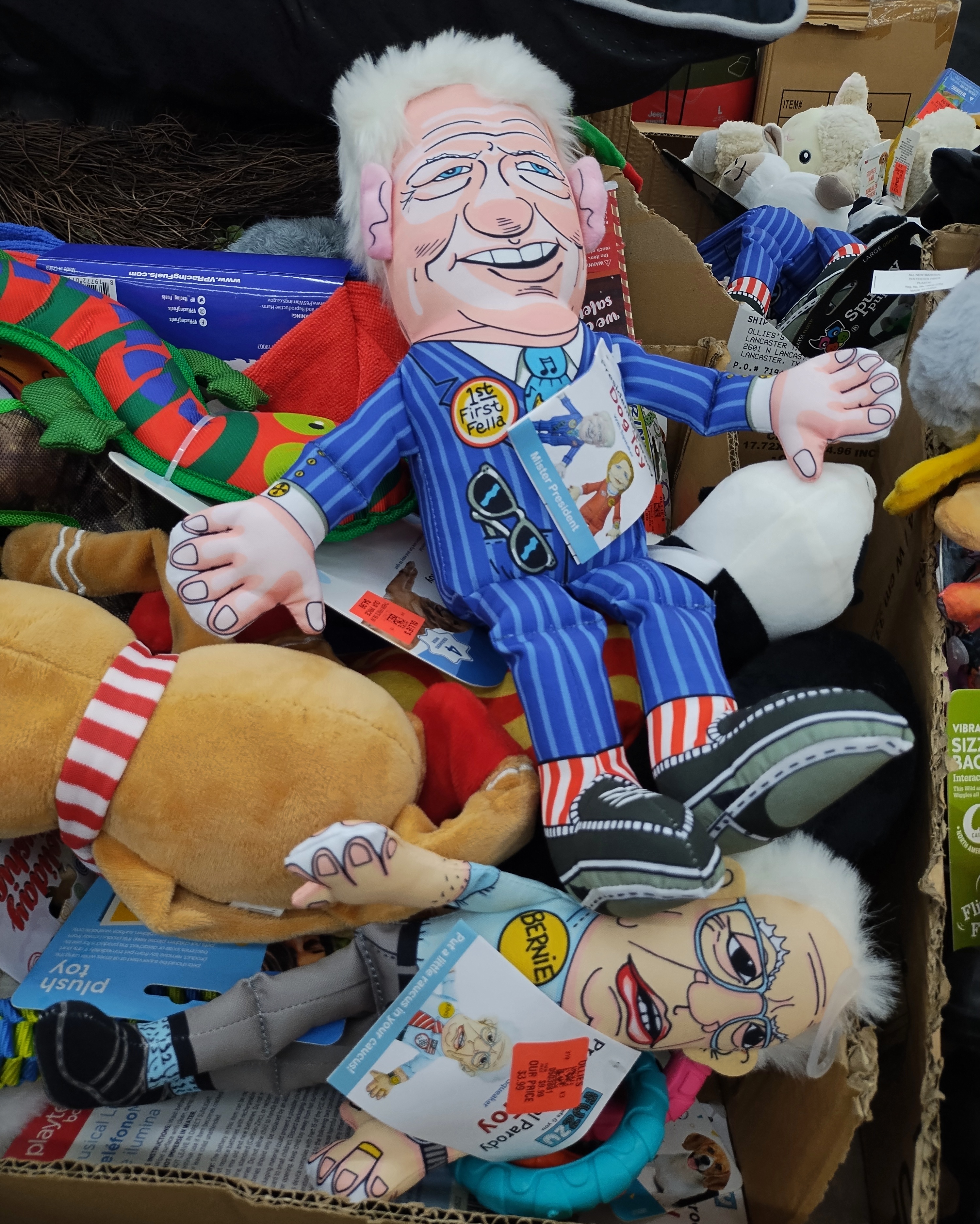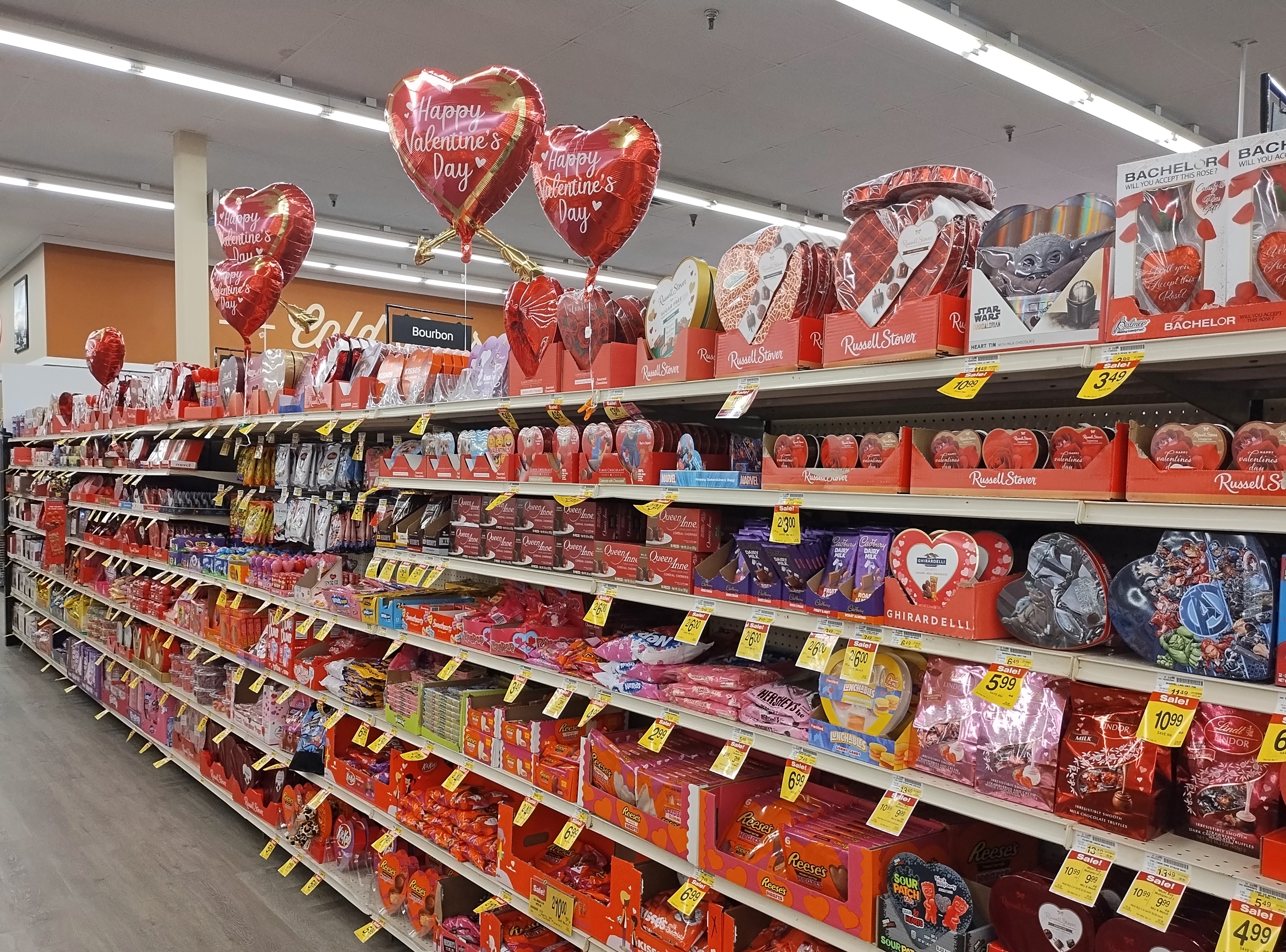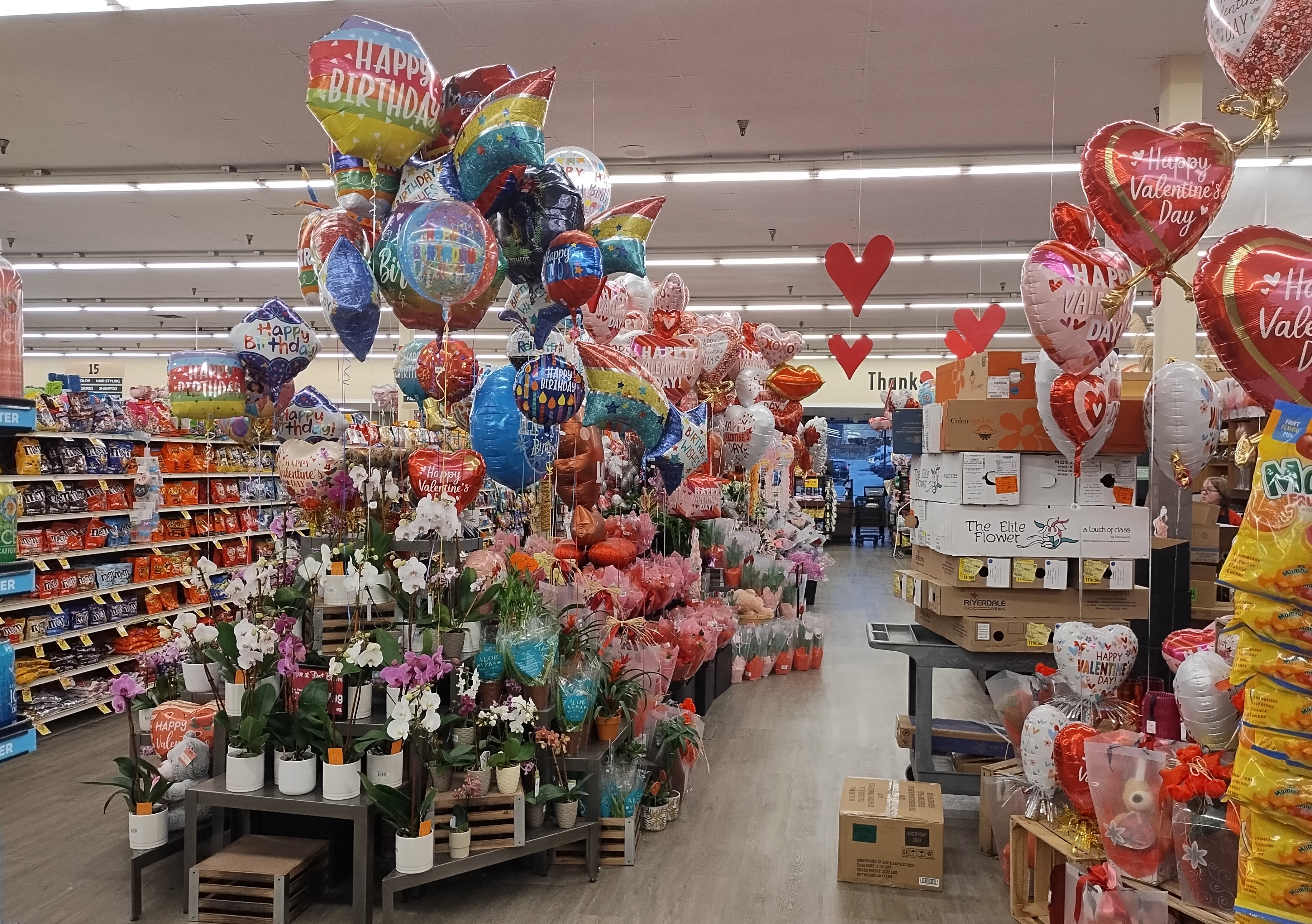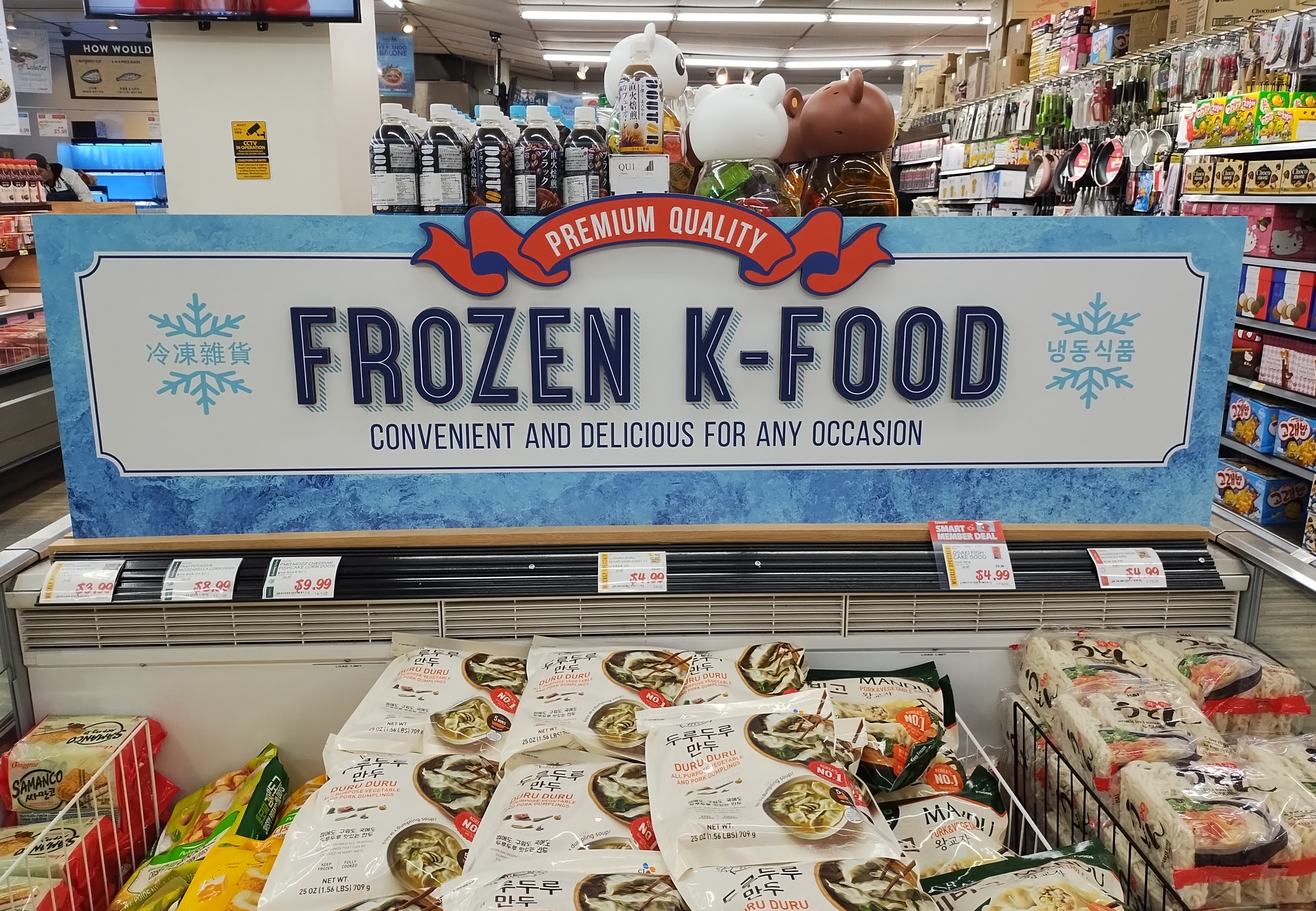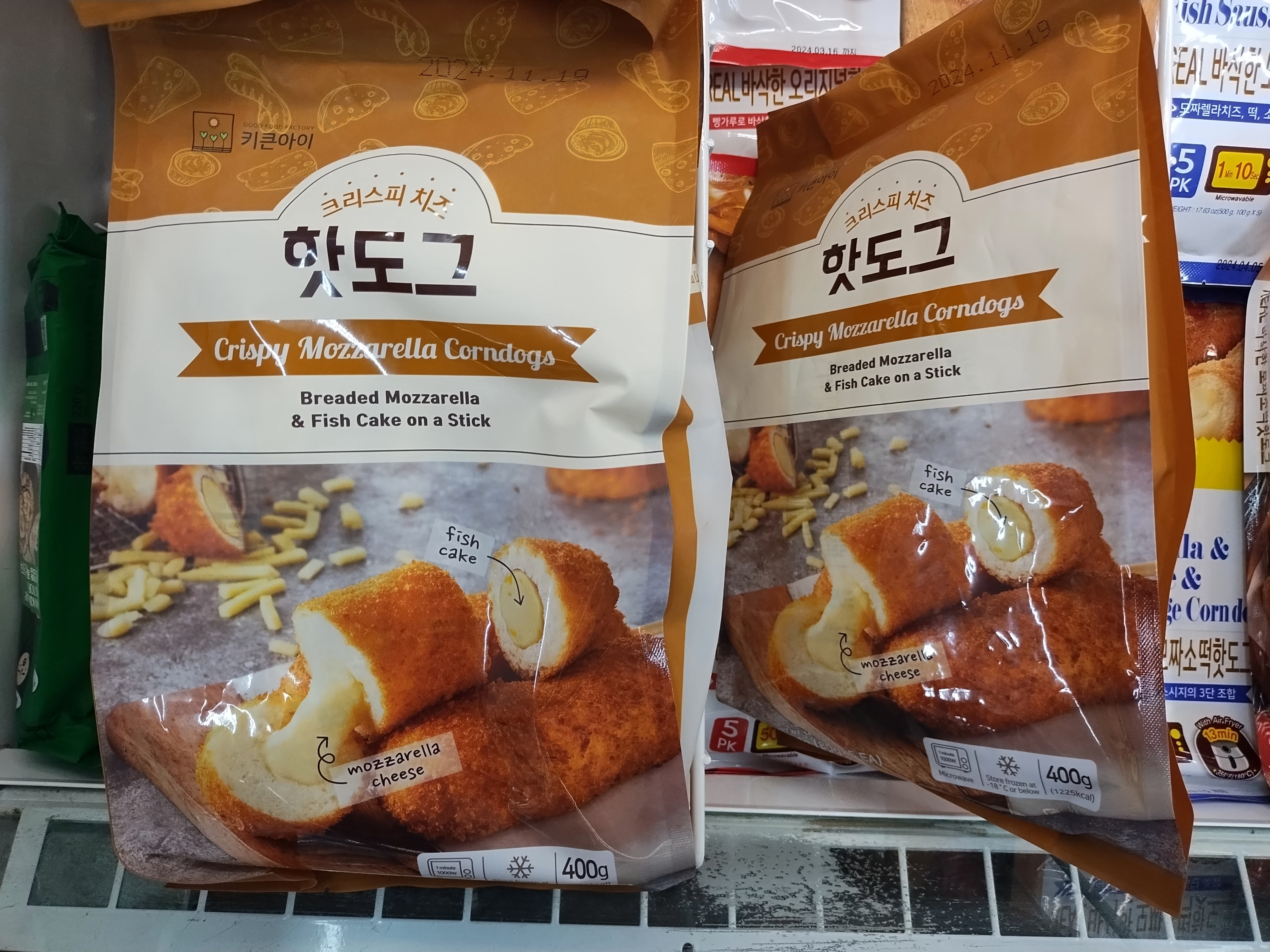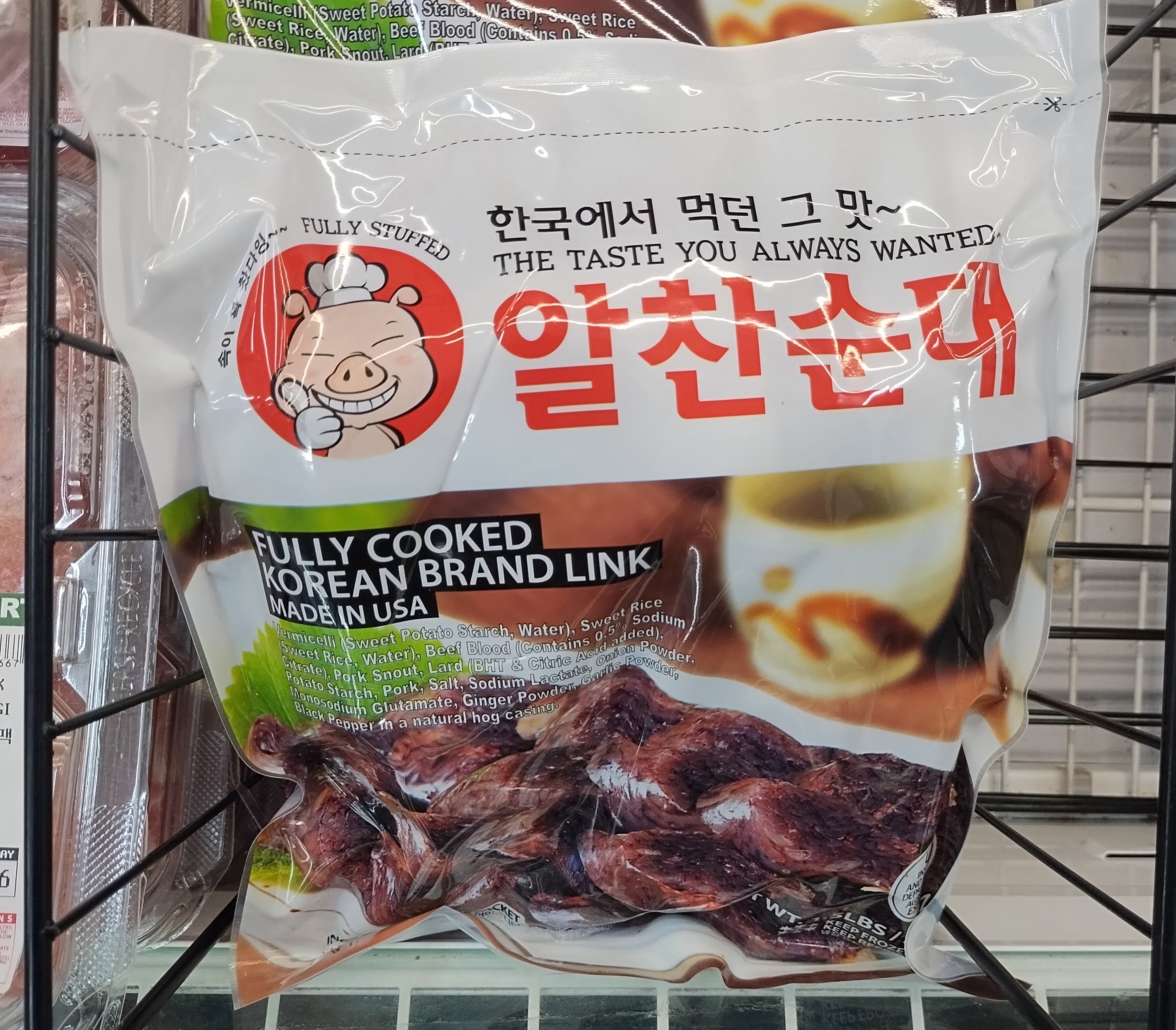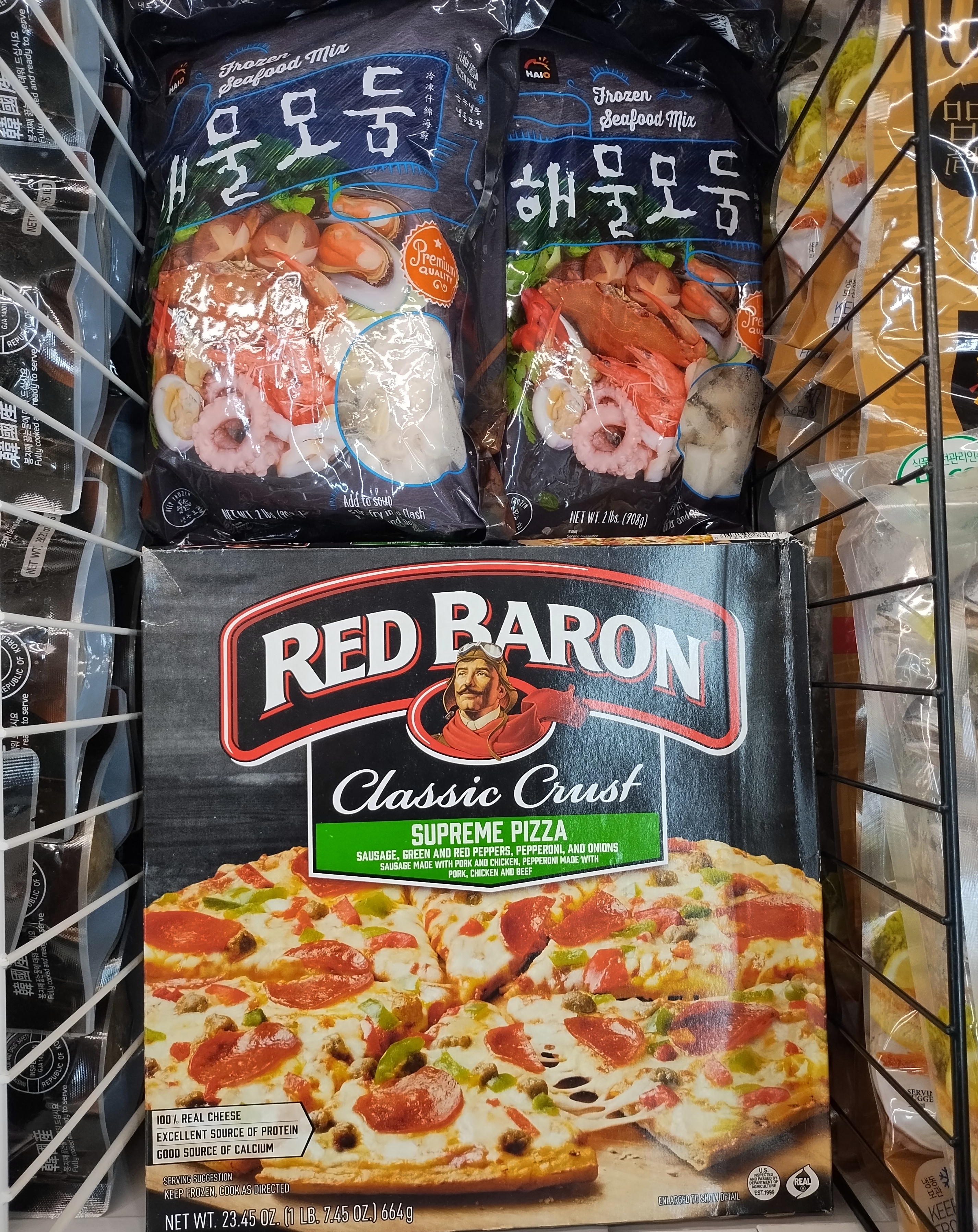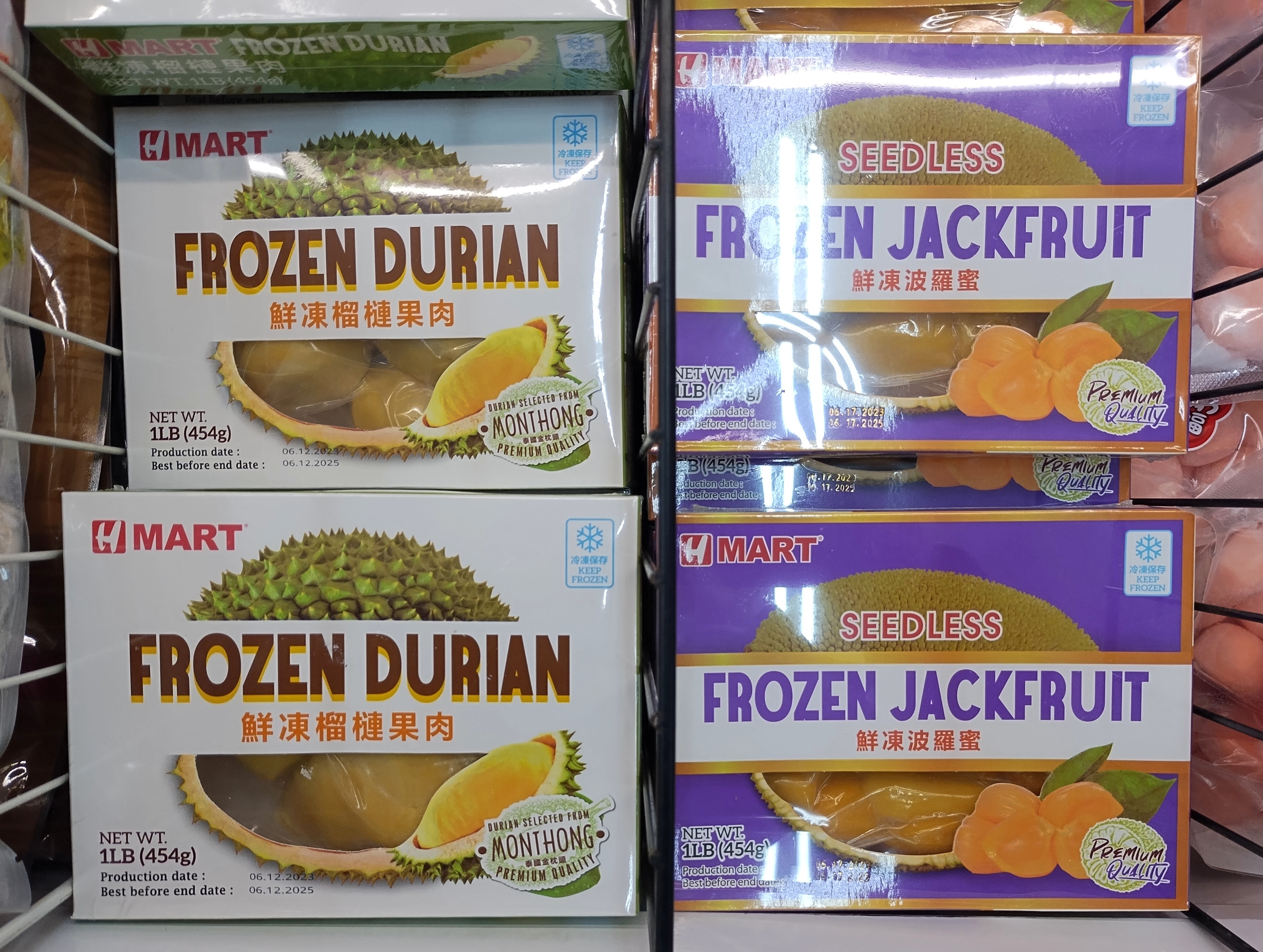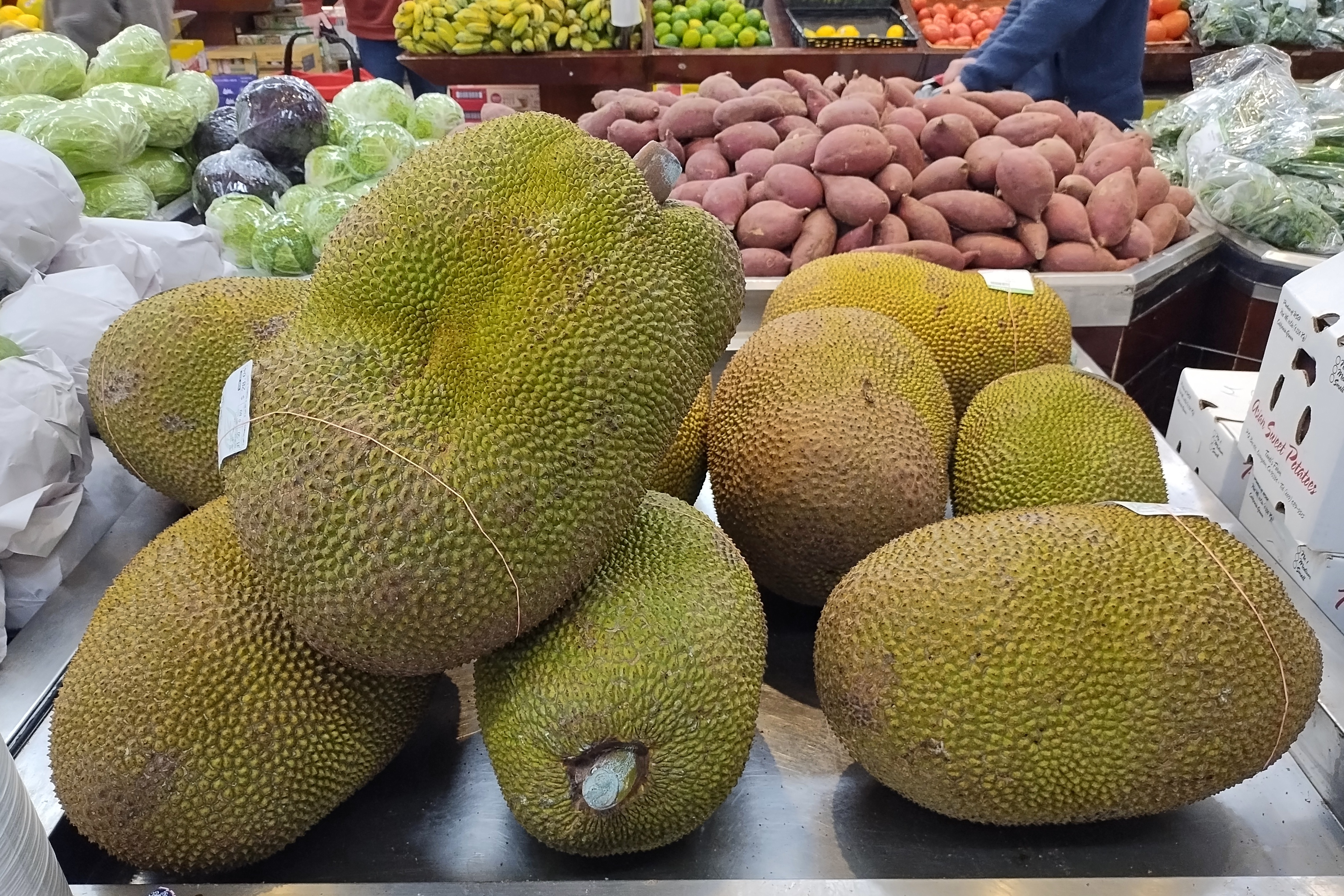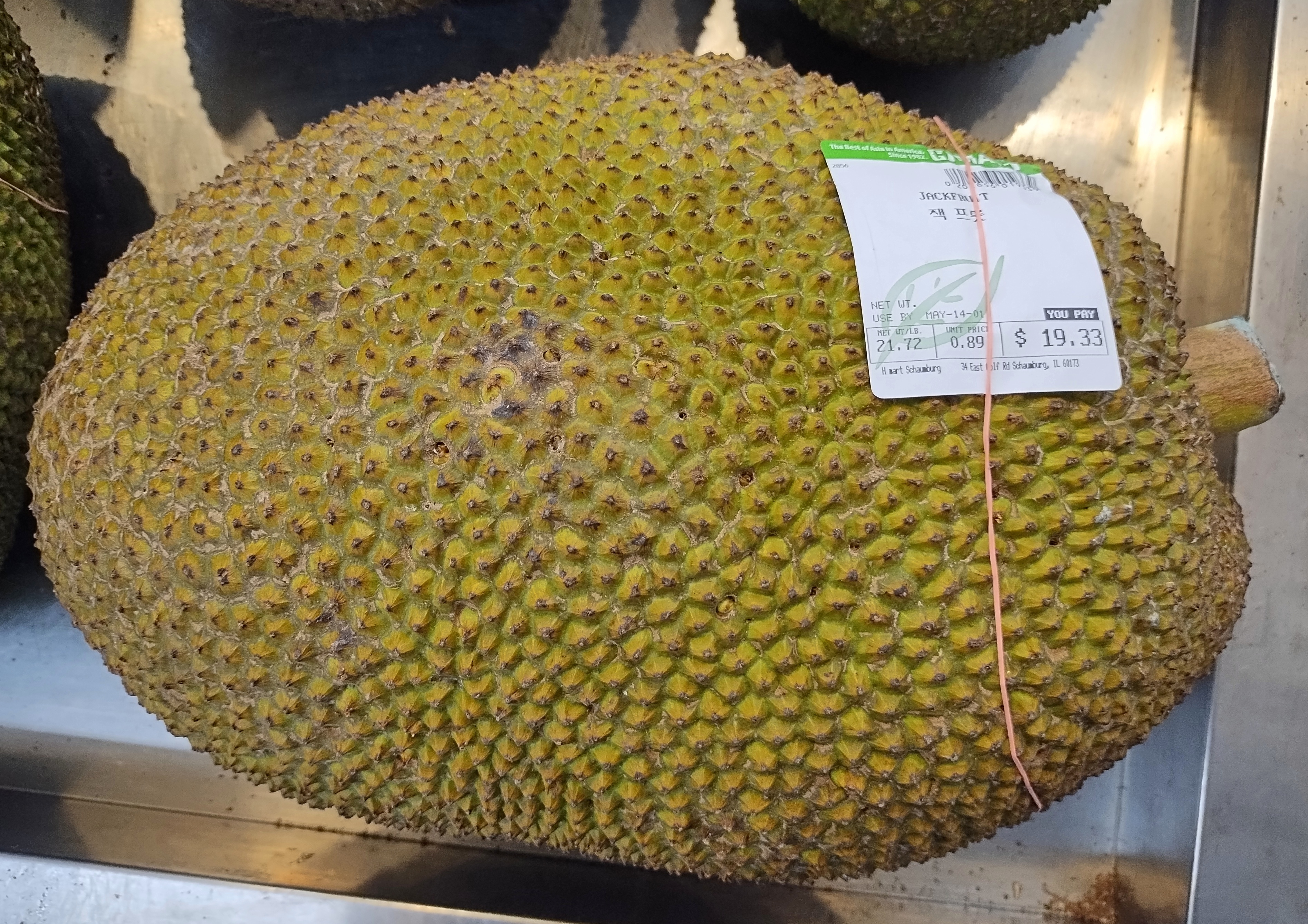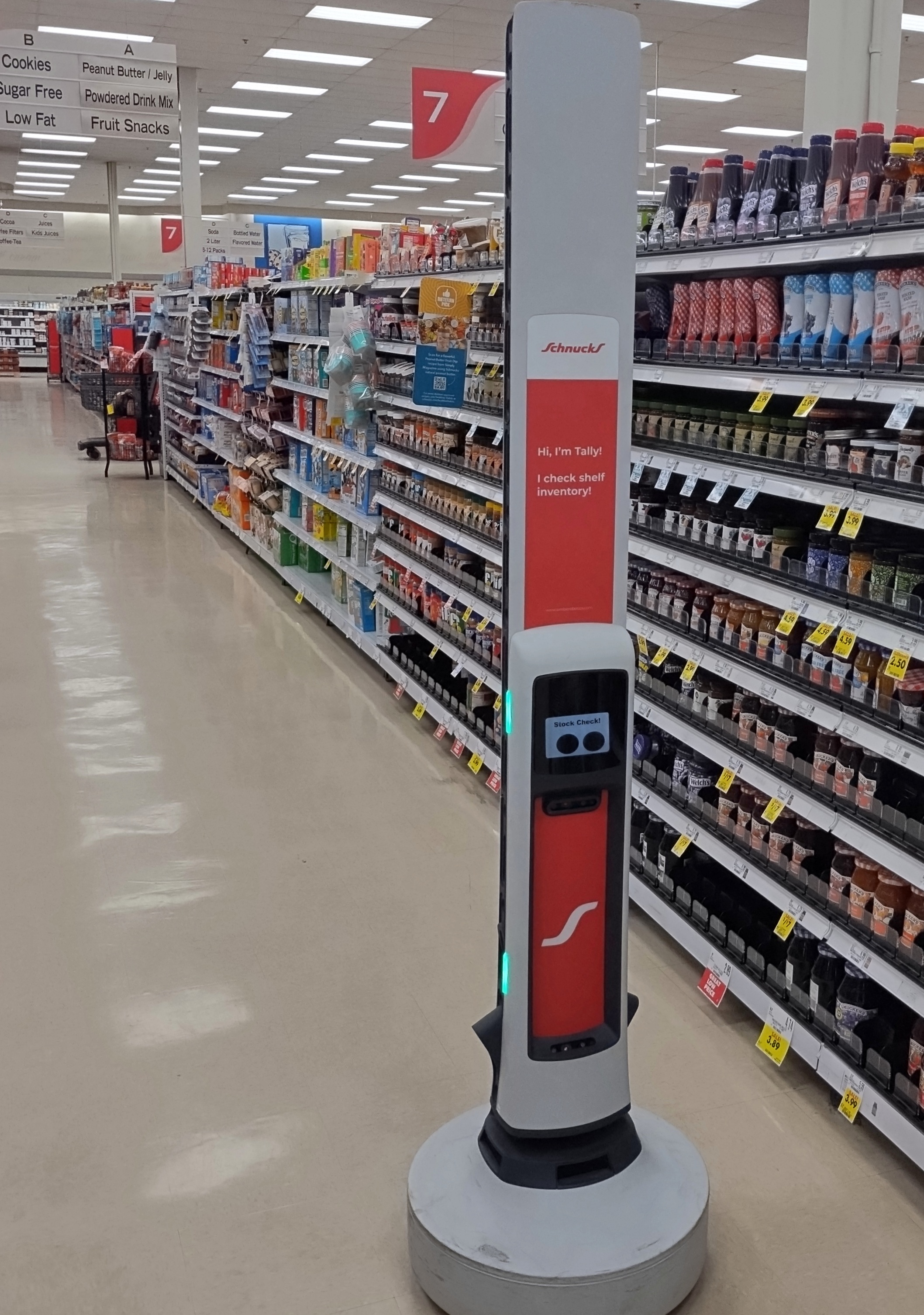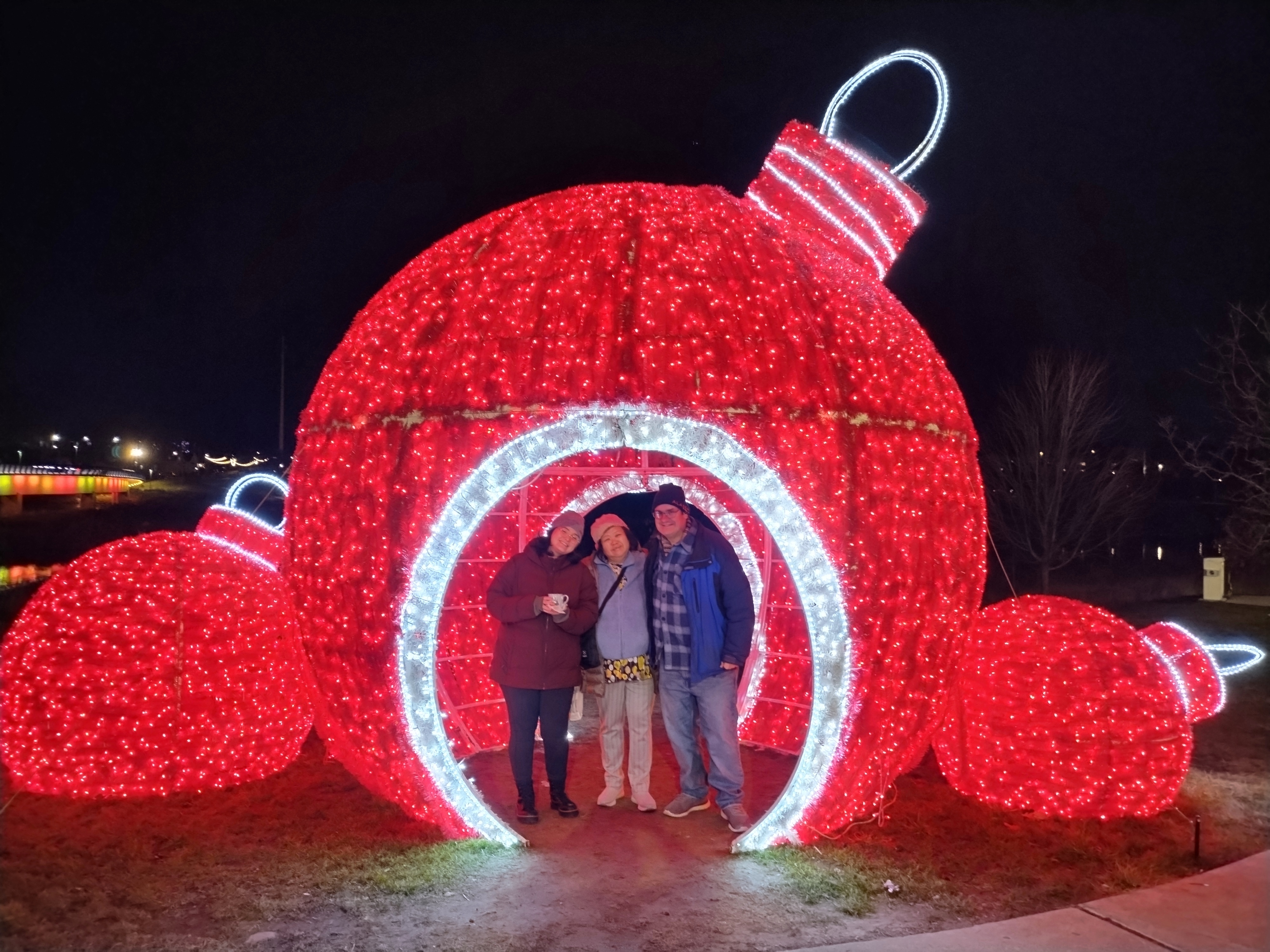For those who dreamed of a pink Christmas this year, there was this shop window in Bardstown, Kentucky.
Not only pink trees, but an entrance with a Fanny Brice sort of greeting.

For many years, the building on North Third Street housed Spalding & Sons, a dry goods store founded in the 1850s which later morphed into a small-town department store that finally closed for good only in 2013. A woman’s boutique, Peacock on Third, now occupies the space (the dark building on the right in the picture below).
These days a boutique of that kind fits right in on Third, which is Bardstown’s main street. Other nearby specialty shops include At Mary’s gift shop, the Tea Cozy, Shaq & Coco (furniture), Kaden Lake and Cactus Annie’s (both women’s clothes), and Pink Fine Consignments & Boutique and Gnarly Gnick Gnacks; eateries in the vicinity include Bardstown Burger, Cafe Primo, Pat’s Place and the Old Talbott Tavern.
We were out and about in Bardstown on December 29, the second day of our trip, an overcast and moderately chilly day, having driven the 30 miles or so from Louisville that morning. This part of Bardstown caters mostly to visitors, who were few that day, but the street wasn’t completely deserted.
The town has managed to preserve a nice collection of century-and-older buildings that are mostly still in use.


A few ghost signs.
A selection of pre-FDIC bank buildings.

The five-and-dime is also gone.
At the junction of Third and another major street, Stephen Foster Avenue – more about him later – is a roundabout, and in the roundabout is the imposing former courthouse, which these days houses the Bardstown Tourist & Convention Commission, the Nelson County Economic Development Agency and the Bardstown Nelson County C-of-C.

Another relic of the great age of courthouse building in the United States, designed by Mason Maury and completed in 1892. Most of Maury’s work was in Louisville, and in fact he designed Kentucky’s first skyscraper in that city, the Kenyon Building. Sadly, that structure didn’t survive the mid-century purge of old buildings.
At one corner Third and Stephen Foster is a building whose first floor is occupied by a drugstore: Hurst Discount Drugs.

We happened to be looking for lunch at that moment, and happened to notice that Hurst also includes a lunch counter. How many drugstores have lunch counters any more? How many did even 30 or 40 years ago? We instantly decided to eat there. I did, anyway, since I’m not sure Yuriko appreciated what a rara avis we’d found, but she was game.

We weren’t the only customers, though everyone else left before we did.

Speaking of rare birds: only one thing on the menu was more than $10, the double bacon cheese burger deluxe at $10.19. Order deluxe and you get mayo, ketchup, mustard, tomato, lettuce, pickle and grilled onions.
Besides burgers, other options included sandwiches and a few breakfast items. Even better, the flip side of the menu offered an array of ice cream products: scoops, shakes, malts, ice cream sodas, banana splits and sundaes, and floats — black cow (Coke), brown cow (root beer), and orange cow (orange sherbet and Sprite).
I had the more modest cheeseburger deluxe at $7.49, plus a chocolate shake for $6.29. Elevated compared to only a few years ago, certainly, but still reasonable, especially considering that the burger was good and the shake was really good.
